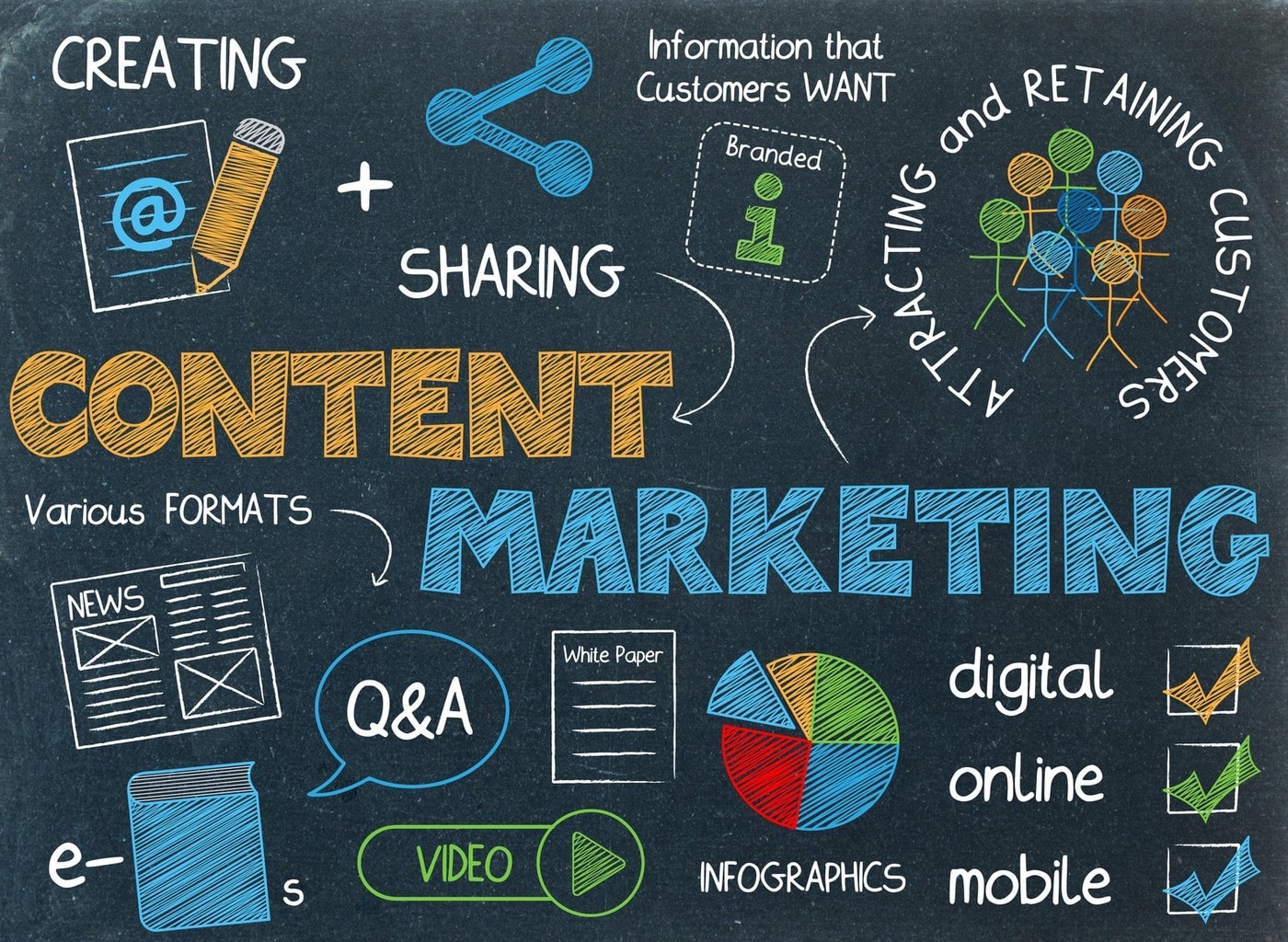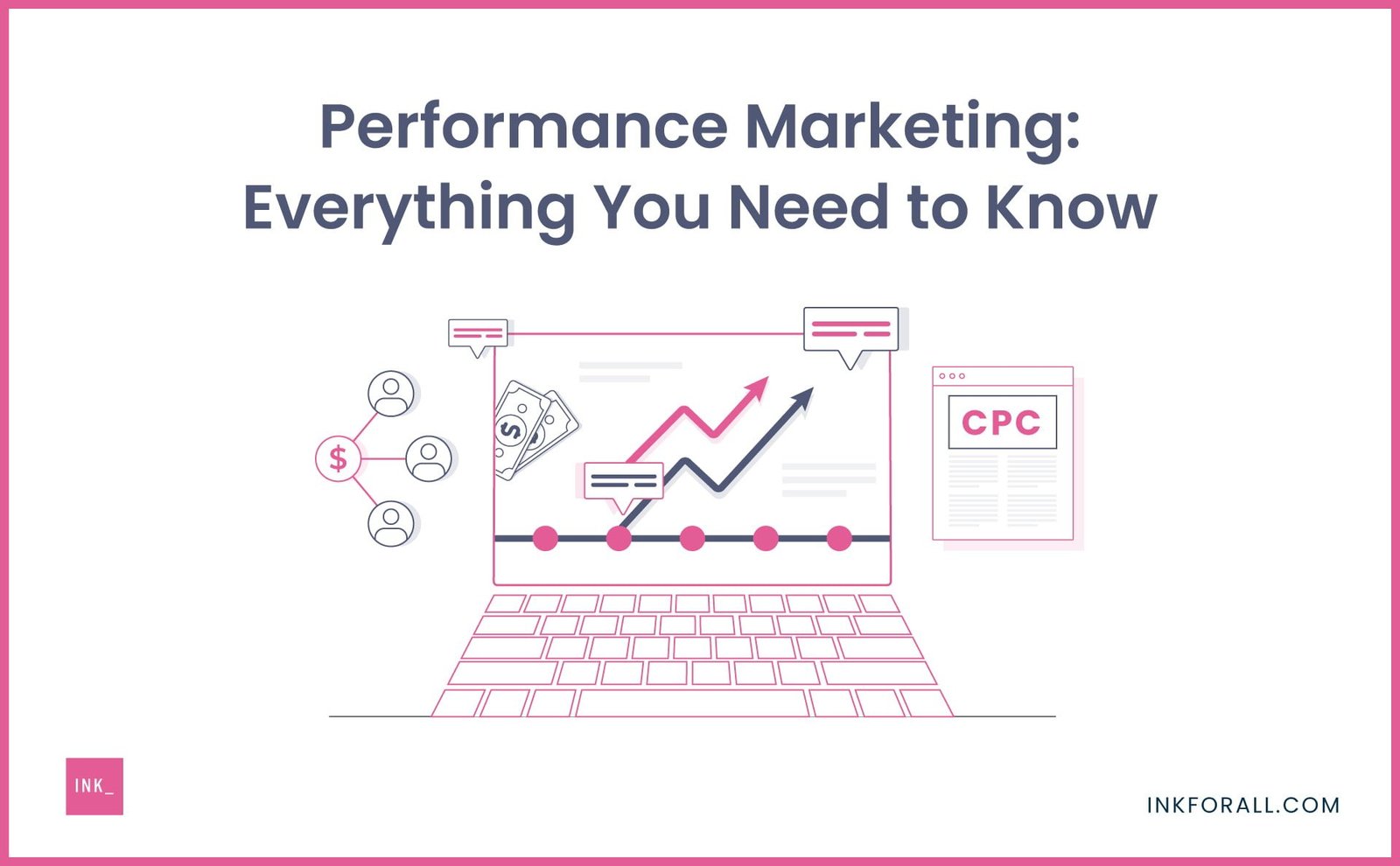
Have you started using different types of content marketing to execute your strategy?
Most marketing teams have their favorites, and if you ask them individually, one may say SEO topic cluster strategies, while another may talk about their YouTube series. Another may talk about how they created better creative content for their Instagram and TikTok in conjunction with social media influencers.
This difference in answers is because content marketing is a cover phrase that defines how you can promote your content online.
Each content marketing format has its benefits, and so knowing the individual benefits of each will give you more options in your digital marketing strategy. Also, it will give you a better understanding of how they work and how to use them effectively to create a comprehensive overall marketing strategy. This article reviews the different types of content marketing formats, why you need to incorporate them into your strategy, and how they can help boost your return on investment.
Benefits of Using Different Types of Content Marketing
Content marketing is about attracting traffic to a website with quality and engaging content. Brands and businesses can benefit greatly from using different types of content marketing, as each format has unique benefits. Besides, some types of content are best suited for certain stages of the buyer journey.
A diverse content library spreads the tentacles of your brand across a wider audience and enables your brand content to be shared on several channels and across various customer segments.
Content marketing also provides a way to share information in the most optimized form. For example, a better representation of this information could be a visual infographic instead of a long list of statistics. A customer success story can be shared via video interviews to make it more relatable.
In summary, sharing different types of content does the following:
- It grabs the audience’s attention
- It gives your brand a wider reach
- Builds trust and deepens relationship
- Drives traffic
- Generates social shares and backlinks
- Increase sales and revenue for your business.

The Different Types of Content Marketing
Every content you produce for your brand should have a defined purpose. Is it to educate, inspire, persuade, entertain, or for sales? This will guide you on the right content to publish.
Remember that different content marketing examples appeal to people differently. Some people are visual learners and prefer videos, infographics, and presentations. Others love text and are attracted to blog posts, white papers, and reports. So leveraging all types of content in your digital marketing will appeal to various learners. Here are different types of content you can leverage:
Blogs
Your company blog is the best foundation
for a successful content marketing strategy. It is a fantastic way to build your brand and drive traffic to the company website.
It would help if you started with blogs because they drive organic traffic by utilizing SEO in content development. They are also a platform to share your various types of content too.
The best type of content is long-form content, as it answers questions and allows you to establish yourself as an authority in that niche. Search engines also love long-form content as they boost your SEO campaigns. To get started with blogs, have a detailed blog strategy that includes keywords and topic ideas your audience would love to read about.
So, whatever you publish on your blog is evergreen and can continue to drive traffic to the website years after. This is quite unlike social media posts buried in newsfeeds after a few hours.
Other content you can post in your company blog, including ultimate guides, listicles, news and opinions, how-to posts, and case studies.
Video Content
Most brands have been creating video content as part of their marketing strategy in recent times. Some users prefer it to other web content, and brands use it for better customer engagement on social media channels and platforms.
Most brands believe they won’t be able to handle video content creation independently, so they outsource to professionals. While that is the case for some brands, yours can be different; video creation is easy to learn, as others create content in-house using smartphones.
Some examples of video content include:
- Quick video clips for social media (Instagram stories) to attract attention and drive engagement
- Webinars in the form of long-form videos around topics that show brand expertise and features industry thought leaders
- Customer interviews that enable prospective customers to see the human side of the business
- Demo videos to showcase product features, benefits, and operating instructions
- Short explainer videos of 60 seconds or less to educate prospects on a topic quickly
- Viral videos: participate in an online video trend to increase brand visible
Infographics
Infographics allow you to present much information about a particular topic visually. They are avenues for making data more digestible. Examples of information that can be shown in infographics format include industry or business statistics, events, timelines, maps, SEO statistics, etc.
These infographics can exist as standalone content easily shareable or as part of written content like blog posts or white papers. They are shared three times more than other content on social media.
They also boost your SEO anytime someone embeds the infographic on their website, as a backlink is automatically created.
Case Studies
A study by Qualtrics shows that about 93% of customers look for online reviews or other forms of social proof before making a purchase. Case studies are a proven conversion-driven content marketing strategy.
Case studies and success stories show that customers have had a positive experience with your brand and that your brand offers real-world value. Prospects are led to believe that you’ve done this in the past so they can experience similar results.
A great way to build your library of case studies is to ask your happy customers if they would love to participate in sharing their happy experiences with your brand. Some nice content ideas for the case study include:
- Testimonials and quotes from customers
- Sharing results in percentages, numbers, and statistics
- Putting the spotlight on problem solved
- Featuring a diverse range of customers to relate to various customer segments
Case studies are extremely important for high-cost and higher-value goods and services. This reduces the risk of making a large investment for customers.
White Papers and eBooks
White papers and ebooks are longer-form technical content that showcases your brand expertise on a topic. However, there is a slight difference between the two. While white papers are more academic and in-depth, targeting an audience with a certain knowledge of the topic, ebooks cover topics in an introductory manner and target a more general audience.
White papers and ebooks allow you to explore a particular topic and share information in a broader sense than you’d have been unable to with a blog post.
White papers and ebooks build credibility, show expertise, and generate leads for brands and businesses. Therefore, it’s an important part of a brand’s content marketing strategy. Here, you share free, high-value, and quality content that your customers will surely benefit from after taking the time to download the document.
Both can be used at different phases of the buyer journey as lead magnets offered in exchange for user contact information (email address and name). Ebooks can be used at the beginning stages, while white papers come in handy in decision-making.
Social Media
With its active number of users, social media can be vital in your content marketing strategy. Social media agents give you easy access to prospective and existing customers for direct engagement and to get real-time feedback on your products and services.
Social media can serve its role in your content marketing strategy in either of two ways:
- Creation of original content in the form of posts and stories
- Amplifying content from other channels by sharing them on your social media platform
Social media can guide the audience to promotions, sales, and events and redirect them back to the website/blog. Social media marketing also helps with your brand personality and gives a direct path for content distribution to your audience.
To have a successful social media marketing strategy, know the right platform where your target audience is and focus your attention there. Experiment with different social media content types and consider collaborating with influencers.
Conclusion
Choosing the right content marketing type that can stand the test of time is best. Before deciding on the types to include in your digital marketing campaigns, have a long-term mindset.
Set your goals, have success metrics, and then work towards them. Invest in valuable content that will add value to your brand and customers.
For example, creating a few social media posts on Instagram or LinkedIn may require fewer resources. It may seem like what you want to focus on immediately, as they’d be easily shareable. However, having a well-researched blog post with a landing page to download a new template or an ebook may create more organic traffic for your website over the following years.
Invest in the content marketing format that makes sense to your audience and diversify even as you create content that will cause long-term growth.
As you patiently focus on your content marketing strategy, you will see the returns with time and the great impact it will have on your brand.








Leave a Comment